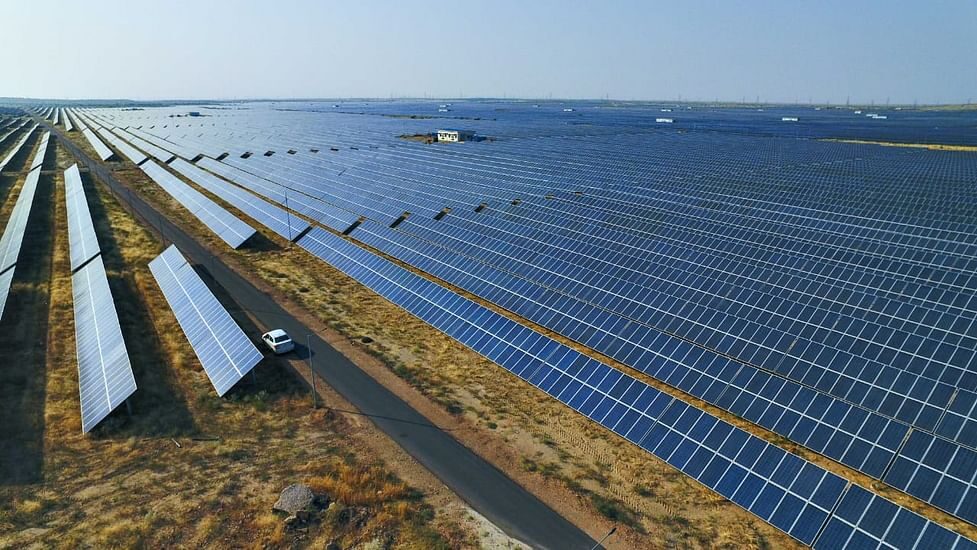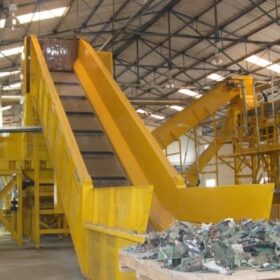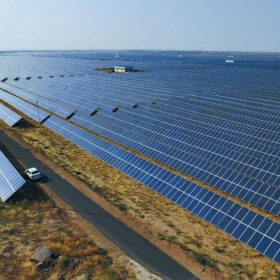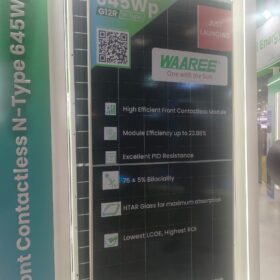The 47.2 MW Ihma Dam floating solar power plant has begun operating in South Korea.
Located at the Imha Dam east of the city of Andong in Gyeongsangbuk-do province, the solar array is the largest floating PV facility located alongside a multi-purpose dam in South Korea. The dam is home to a 50 MW hydropower station, allowing the complex to now alternate between transmitting floating solar power during the day and hydropower at night.
Plans to add the solar array to the dam first took shape in 2021, when the project was designated as South Korea’s first renewable energy integrated complex. Electricity business approval was secured in 2023 and construction of the solar system began last year. A completion ceremony was held in late September, with total project costs reaching KRW 73.2 billion ($50.2 million).
The project has been co-developed by Korea Hydro & Nuclear Power (KHNP) and Korea Water Resources Corporation alongside the Gyeongsangbuk-do Province and Andong City, while Top Solar acted as the engineering, procurement and construction contractor.
Scotra, a Seoul-based specialist in the design, manufacture and installation of floating solar structures, provided the core floating technology onto which the modules, provided by Korean manufacturer Shinsung E&G, were mounted.
The solar system consists of 16 floating structures that are arranged into patterns resembling both the Korean flag, Taegeukgi, and Mugunghwa, the country’s national flower.
The combined solar-hydro power plant is now projected to generate around 61 GWh of clean electricity annually, enough to supply approximately 22,000 households, equivalent to 27% of all households in Andong.
A spokesperson for Scotra told pv magazine the project adopted a resident-participation model, with 33 local villages investing through a dedicated legal entity. “Over 20 years, approximately KRW 22.2 billion in revenue will be returned to the community,” the company said. “This so-called ‘Sunlight Pension’ is expected to increase local residents’ income and contribute to regional economic revitalization.”
Details available on KHNP’s website add that the model will benefit around 4,500 residents living within a 1-km radius of the project to share the profit from its power supply.
South Korea installed 2.5 GW of new solar capacity last year, bringing its cumulative PV capacity to more than 29.5 GW, according to the Korean Energy Agency.
This content is protected by copyright and may not be reused. If you want to cooperate with us and would like to reuse some of our content, please contact: editors@pv-magazine.com.










By submitting this form you agree to pv magazine using your data for the purposes of publishing your comment.
Your personal data will only be disclosed or otherwise transmitted to third parties for the purposes of spam filtering or if this is necessary for technical maintenance of the website. Any other transfer to third parties will not take place unless this is justified on the basis of applicable data protection regulations or if pv magazine is legally obliged to do so.
You may revoke this consent at any time with effect for the future, in which case your personal data will be deleted immediately. Otherwise, your data will be deleted if pv magazine has processed your request or the purpose of data storage is fulfilled.
Further information on data privacy can be found in our Data Protection Policy.